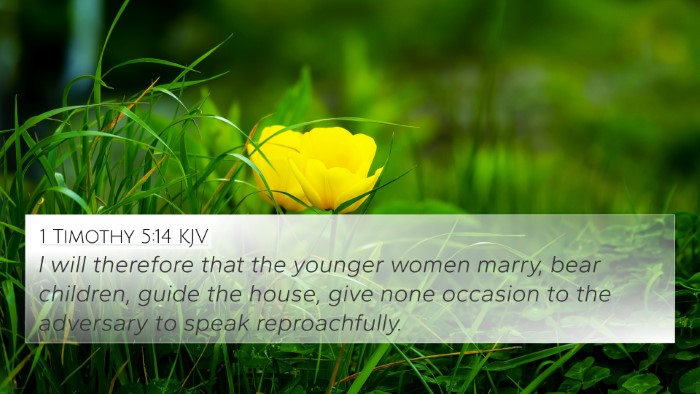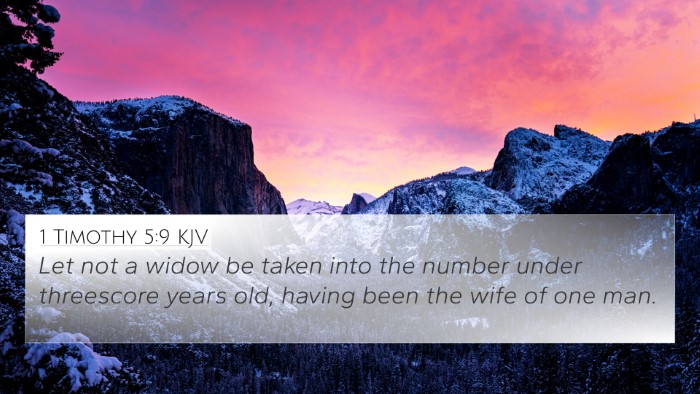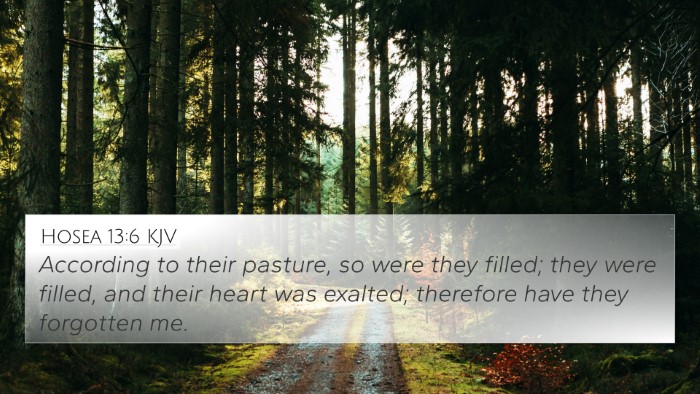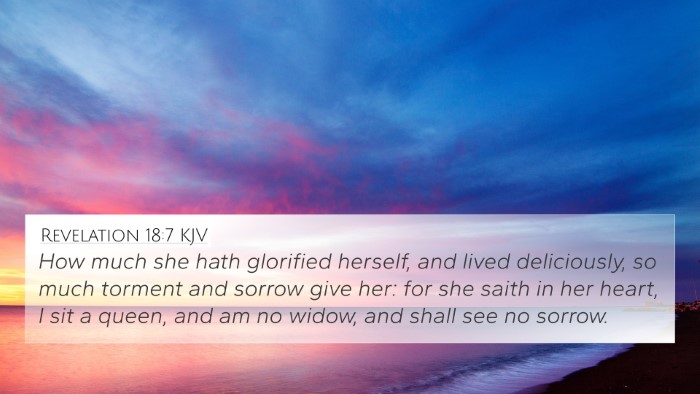Understanding 1 Timothy 5:11
1 Timothy 5:11 states: "But refuse the younger widows: for when they have begun to wax wanton against Christ, they will marry."
This verse addresses the matter of younger widows in the church and their potential inclination to remarry, which could distract them from their initial commitment to serve Christ. The Apostle Paul, in his letter to Timothy, is encouraging discernment in church leadership regarding how to handle the circumstances surrounding younger widows.
Commentary Insights
Insights from Matthew Henry, Albert Barnes, and Adam Clarke provide depth to our understanding of this verse. Here is a summary of their perspectives:
-
Matthew Henry:
Henry emphasizes the importance of commitment and devotion to God, suggesting that younger widows may not have the emotional maturity to uphold their vows if they remarry. He cautions that such remarriage could draw them away from their spiritual responsibilities.
-
Albert Barnes:
Barnes highlights that the warnings given by Paul are intended to guide church elders to avoid placing younger widows under obligations they may not be ready to fulfill. He stresses the importance of making wise decisions in selecting those to be placed on the church’s support list.
-
Adam Clarke:
Clarke provides contextual background, mentioning that at the time, the church was responsible for supporting widows, and younger widows might be tempted to seek emotional fulfillment through remarriage. He connects this to the larger theme of proper conduct within the church community.
Bible Cross-References
To gain a more comprehensive understanding of 1 Timothy 5:11, consider the following Bible verses that relate to this theme of commitment, support, and the nuances of church governance:
- 1 Timothy 5:3: "Honor widows that are widows indeed." – This verse establishes the principle of honoring true widows, providing context for the guidelines in 5:11.
- 1 Corinthians 7:8: "I say therefore to the unmarried and widows, It is good for them if they abide even as I." – Acknowledges the option of remaining single for spiritual reasons.
- Romans 7:2: "For the woman which hath an husband is bound by the law to her husband so long as he liveth." – Discusses marital commitments and their implications.
- 1 Timothy 5:14: "I will therefore that the younger women marry, bear children, guide the house…" – Provides a balance, recognizing the value of marriage at an appropriate time.
- Titus 2:4-5: "That they may teach the young women to be sober, to love their husbands, to love their children…" – Emphasizes the role of women within the family and church, encouraging a commitment to familial duties.
- 1 Peter 3:1-2: "Likewise, ye wives, be in subjection to your own husbands…" – Discusses the beauty of submission and commitment in a marital relationship.
- James 1:27: "Pure religion and undefiled before God and the Father is this, To visit the fatherless and widows in their affliction…" – Affirms the importance of caring for widows as part of true faith.
Thematic Connections
The thematic connections in this verse relate to dedication and responsibilities within the context of Christian living, especially regarding the support and treatment of widows. This verse’s contention highlights the balance of individual choices and communal responsibilities within the faith.
Application and Interpretation
When interpreting 1 Timothy 5:11, readers should consider the cultural and historical context of the early church in their application today. Aspects of community responsibility, individual devotion, and the role of women within church governance can lead to a deeper understanding of how scripture informs modern Christian practice.
Using Cross-Reference Tools
For those exploring the connections between Biblical texts, utilizing tools for Bible cross-referencing can enhance study. Resources such as Bible concordances, cross-reference systems, and comprehensive Bible reference materials facilitate a deeper exploration of themes and connections.
Concluding Insights
1 Timothy 5:11 serves as a reminder of the complexities involved in maintaining spiritual focus amidst potential distractions. Engaging with this verse—through cross-references and scholarly commentary—provides a holistic view of its implications for both the early church and contemporary faith communities.












